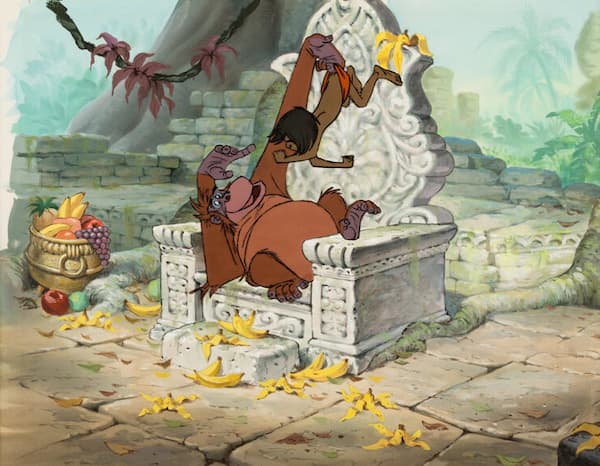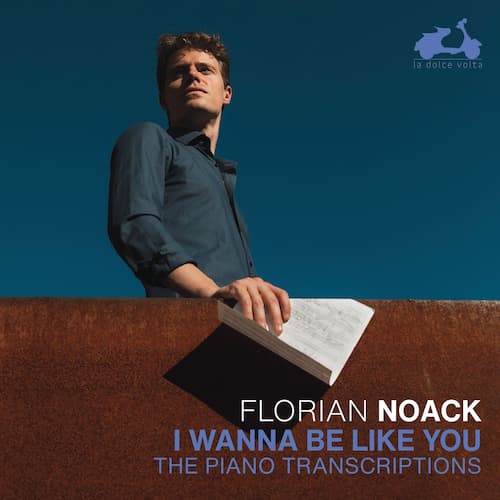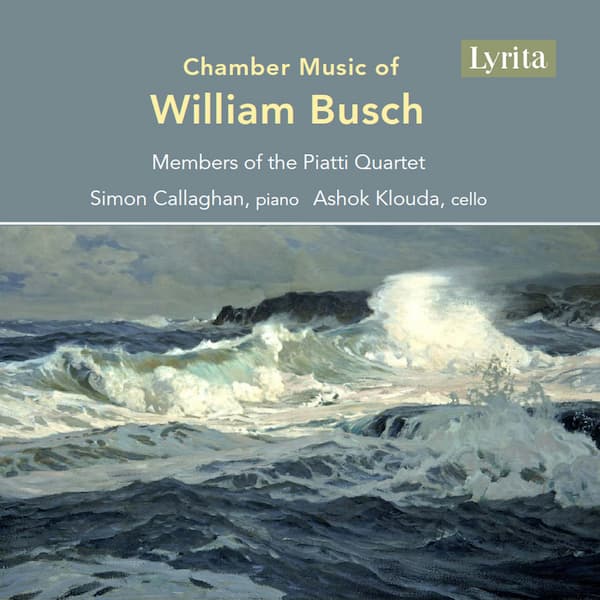Doing transcriptions, particularly for the piano, is more than just writing the same notes for a different instrument. Each instrument has its idiosyncratic elements, be it only being able to play one or two notes at the same time or being able to play 10 notes at a time. Some composers add their own characteristics, such as in the Liszt transcriptions of Schubert songs, and other transcriptions have to subtract music, such as when reducing a full orchestral work to one for string quartet.

Florian Noack, 2019 (photo by William-Beaucardet)
Belgian pianist Florian Noack has taken transcription a different way. He was intrigued by looking at Bach’s Concerto for Four Harpsichords, BWV 1065, which was in itself a transcription of Vivaldi’s Concerto for Four Violins, RV 580. Bach assigned to the harpsichords the role of soloist that Vivaldi had given to the strings, reversing the roles of the instruments. Noack gave himself the challenge of now making a transcription for a single piano. The 40 fingers available to Bach’s harpsichordists is now reduced to just 10 fingers for Noack. In looking at what Bach did to Vivaldi’s music, showed him that ‘the same work can exist under several different identities’.
When he took up Rimsky-Korsakov’s Scheherazade, Noack was faced with reducing Rimsky-Korsakov’s dazzling and colourful orchestration that evoked the mysteries of the East with the sounds of a European piano. The Orient of Rimsky-Korsakov’s imagination was condensed by Noack but without losing either the distinct sound of the work or losing its story-telling qualities.

Sindbad and his ship, 2016 (illustration by Maria Surducan)
Noack uses the elements that made the pianoforte the ground-breaking innovation in music: the dynamics of loud (a roaring opening) and soft (the following rubato, pensive melody). As a soloist, he has the freedom to alter his tempos at will (something an orchestra cannot do, despite the conductor), and he uses that to bring out the vagaries of the sea and Sinbad’s voyage.
In the rest of the album, we have music from Tilman Susato and Bach to music for a Disney film. Noack opens the album with the Bach transcription we discussed above and follows that with Mendelssohn’s The First Walpurgis Night, Op. 60. Sheherazade follows. A Paraphrase on Various Waltzes by Johann Strauss II formed by the memory of the Vienna New Year’s Concerts and opens with an imagined waltzing figure on a music box coming to life. The 1551 Danserye of Tilman Susato follows, with three transcriptions. Sergei Prokofiev’s Classical Symphony No. 1 is brought to the keyboard, as is Shostakovich’s Waltz No. 2, originally written to accompany the 1956 Soviet film The First Echelon.

Disney: The Jungle Book: King Louie and Mowgli, 1967
Noack closes his album with a surprise, the Sherman Brothers’ song I Wanna Be Like You. Written for Louis Prima, the New Orleans trumpeter and entertainer, who provided the voice for the orangutan King Louie in Disney’s film The Jungle Book (1967), the song is full of New Orleans jazz styling; Noack’s transcription takes up the ‘complexity, polyrhythms, and idiom’ of the music and makes it his own.

Florian Noack: I Wanna Be Like You – The Piano Transcriptions
La Dolce Volta, LDV 121
Release date: 8 March 2024
Official Website
For more of the best in classical music, sign up for our E-Newsletter

